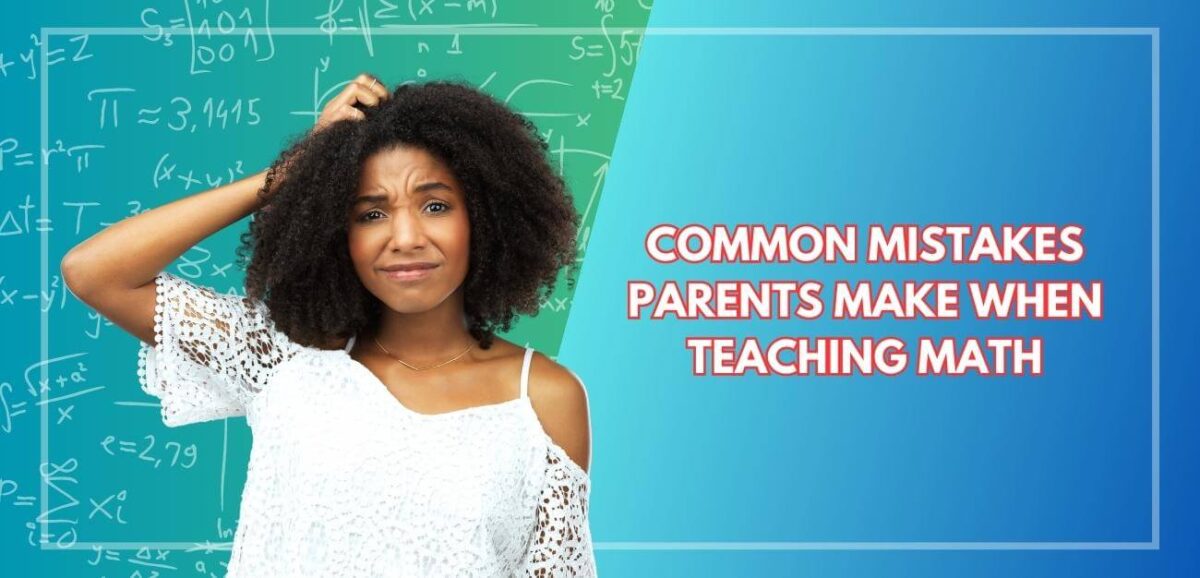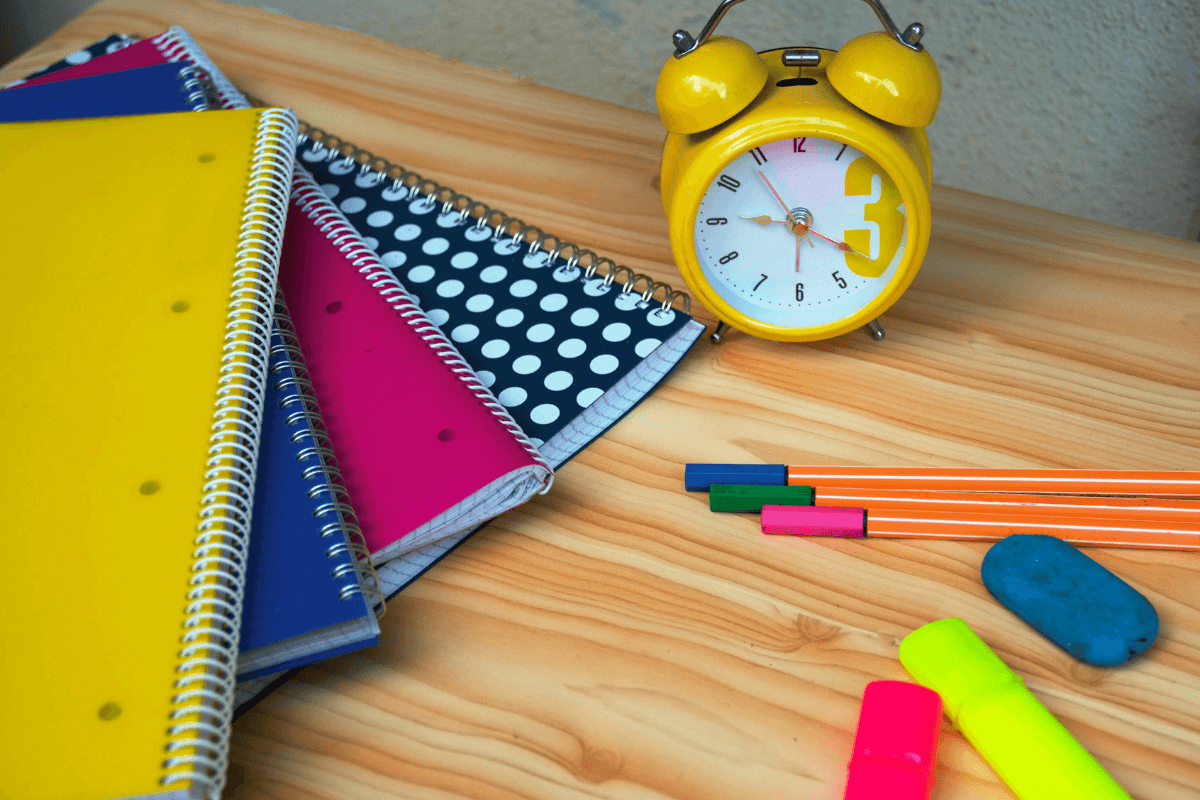Picture this: your child, brows furrowed, scratching their head, and hunched over a math workbook, desperately trying to solve a problem. You, on the other hand, are filled with a sense of dread, unsure of how to help them navigate through the numbers and math operations. It’s a scene many parents grapple with, and yet, teaching math to your […]











